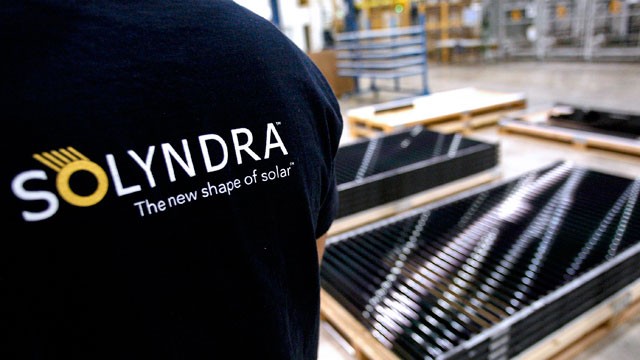The White House Knew Solyndra Was Not Profitable

Today, the Wall Street Journal disclosed and commented upon an e-mail to Larry Summers regarding the Solyndra loans:
Brad Jones of Redpoint Ventures got to the heart of the Solyndra economy in a December 2009 email to then-National Economic Council director Larry Summers: “The allocation of spending to clean energy is haphazard; the government is just not well equipped to decide which companies should get the money and how much . . . One of our solar companies with revenues of less than $100 million (and not yet profitable) received a government loan of $580 million; while that is good for us, I can’t imagine it’s a good way for the government to use taxpayer money.”
This e-mail is along the lines of a column I wrote last week which identified the reality that a company losing money on every sale is not going to make a profit by adding a second production line.
In short form, that just does not happen. Business 101 should have told the Energy Department that the Solyndra dog simply was not going to hunt. When one of the shareholders is confirming that the investment is not a good way to spend the government’s money…
The President has gone on record that the stimulus investment process is going to have winners and losers with their “investments”. That may be ok for an investment banker who can lose money on several investments and get well on the ‘home run’ investment. This is not how it works for lenders. The Solyndra loans were only generating a 2.8% interest rate. This investment was clearly not designed to make a market profit and therefore, if one assumes that there were going to be winners and losers, there had to have been an expectation that the United Sates would lose a ton of money on the overall program. It would be interesting to know how much the Department of Energy expected to lose on their ‘investment portfolio’.
What is particularly daunting about the program is that if Solyndra had been successful, essentially the venturers would have reaped all of the profits and the government would have received only a very tiny return. This would be a definition of crony capitalism.
On a go-forward basis, if the government believes it should be focusing on energy investments, it needs not to focus on production. It needs focus on basic research. If there is going to be a break though, it is not going to come from helping a manufacturer manufacture product, it is going to be from basic research. $580 million dollars would have financed an unbelievable amount of basic research. I suspect it would have generated literally decades worth of useful research and experimentation. If successful, the basic research would have attracted capital and the private sector would have generated long term manufacturing jobs.
Grants for basic research falls in line with a national effort to solve the energy issue. Subsidizing unsuccessful commercial efforts is a fool’s mission.

